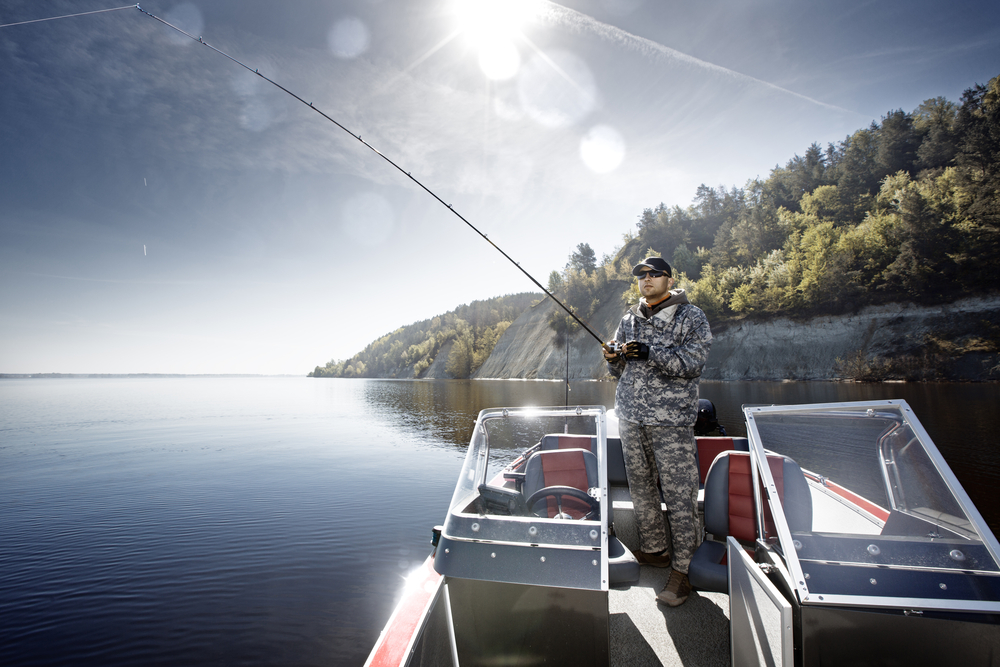Catch & Release

Catch and release is a practice often associated with recreational fishing, where fish are caught by anglers and then released back into the water instead of being kept or harvested. The idea behind catch and release is to promote sustainable fishing practices and conservation of fish populations.
The process typically involves using specific fishing gear and techniques that minimize harm to the fish. Anglers may use barbless hooks or hooks that are easily removable, reducing the chance of injuring the fish during the hook removal process. Landing nets with knotless mesh are also commonly used to handle fish gently and prevent damage to their scales or fins.
When a fish is caught, the angler carefully brings it to the surface or onto the boat, minimizing the amount of time it spends out of the water. It’s essential to handle the fish with wet hands or gloves to avoid removing its protective slime coating, which helps prevent infections and aids in swimming. If possible, the fish is kept in the water while the hook is gently and swiftly removed.
After the hook is successfully removed, the fish is released back into the water as quickly as possible. The angler may gently support the fish near its tail or under its belly until it shows signs of being ready to swim away, such as regaining equilibrium and swimming away under its own power.
Catch and release is primarily practiced for several reasons:
- Conservation: It helps preserve fish populations and maintains the balance of aquatic ecosystems. By releasing fish, anglers contribute to the sustainability of fish stocks for future generations.
- Recreational enjoyment: Catch and release allows anglers to enjoy the thrill of fishing and the challenge of catching fish without causing harm to the individual fish.
- Research and education: Researchers and conservationists may rely on catch and release to study fish populations, migration patterns, growth rates, and other valuable data. It also provides an opportunity for educational purposes, such as teaching people about different fish species or promoting awareness of environmental issues.
It’s worth noting that catch and release practices are most effective when combined with other measures, such as adhering to fishing regulations, using appropriate gear, and promoting habitat conservation. The ultimate goal is to ensure the long-term sustainability of fish populations while allowing anglers to enjoy their sport responsibly.

